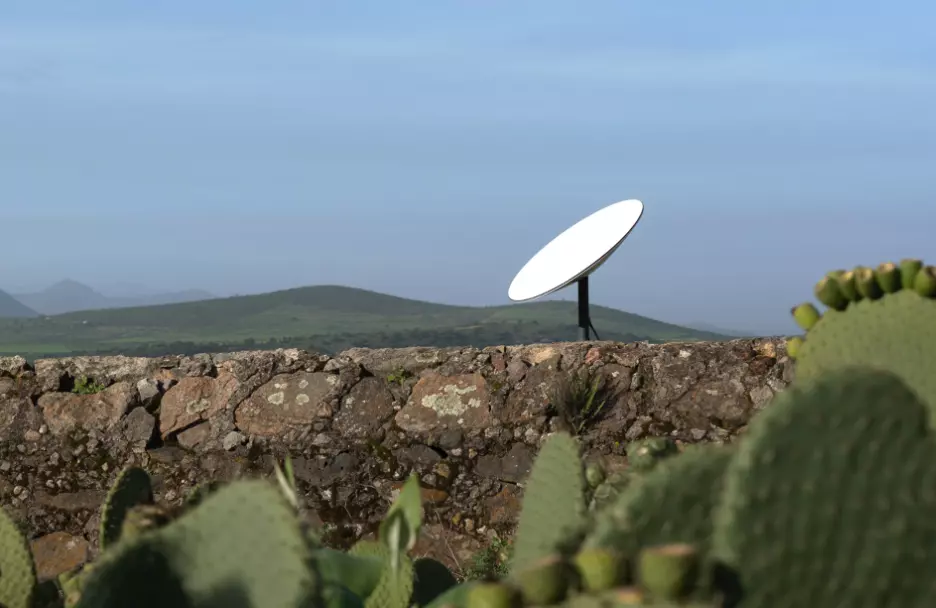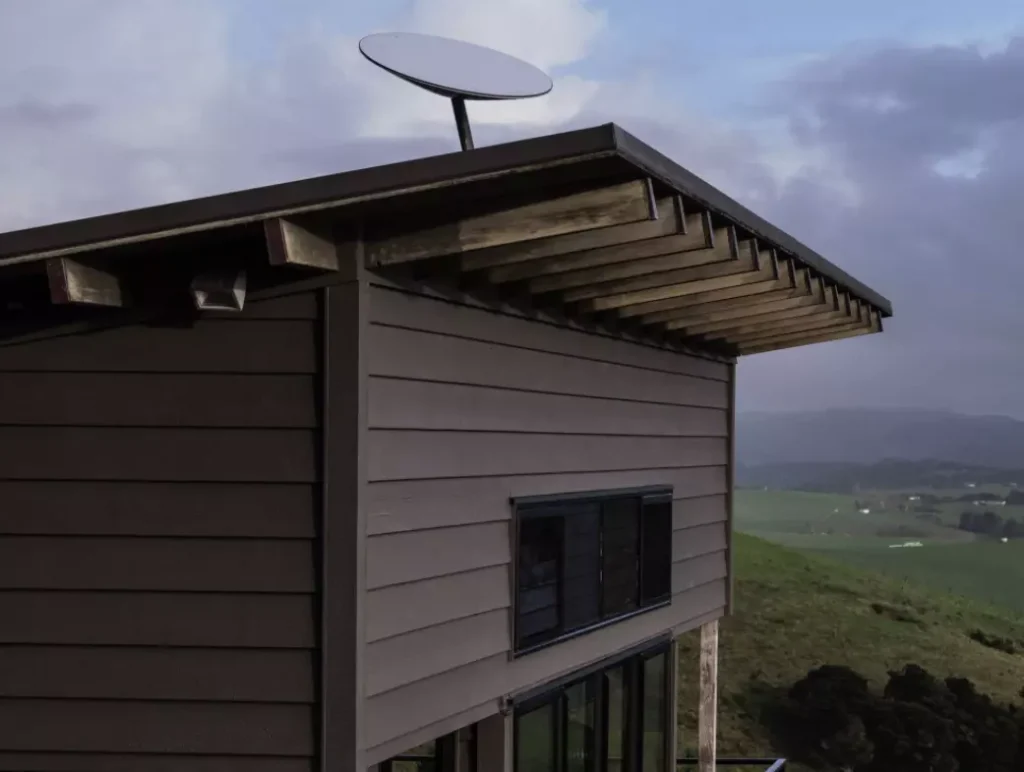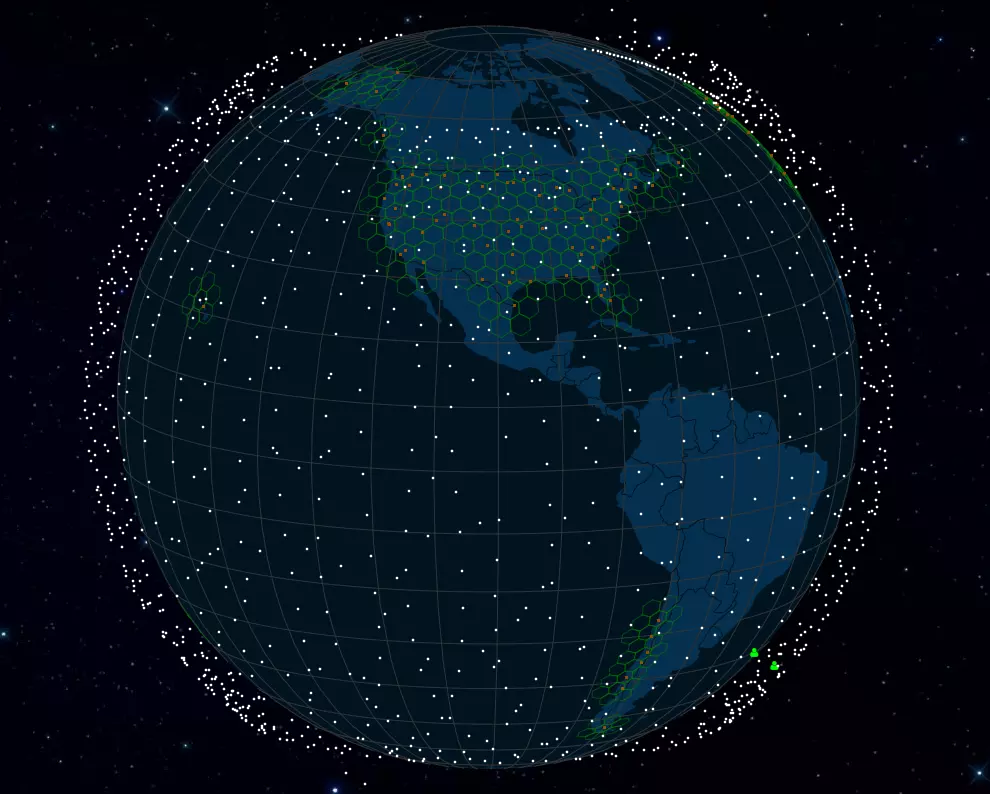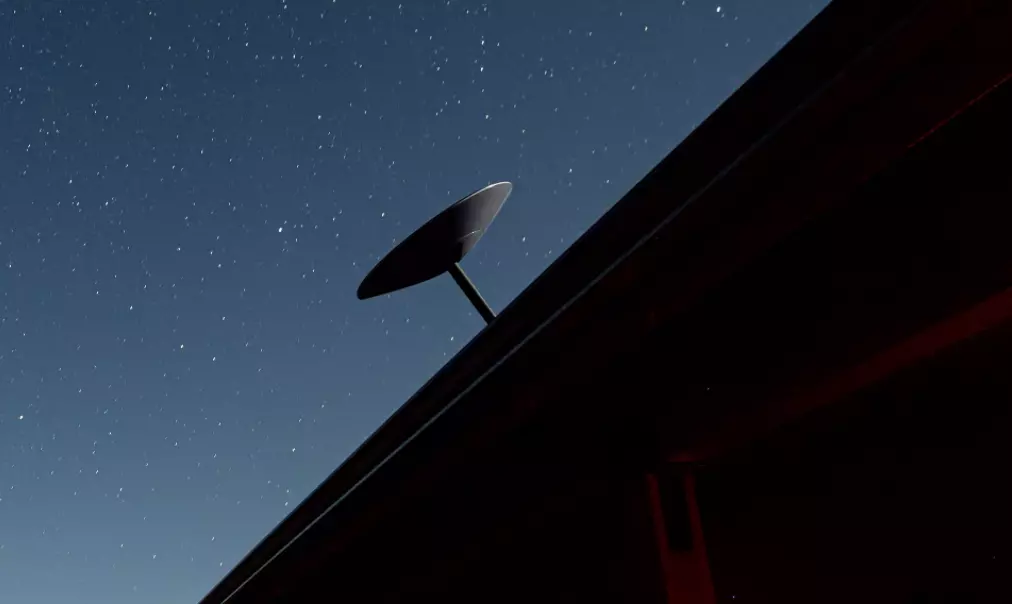While the Starlink satellite internet service is still in beta, some customers are reporting slower speeds and more latency than what was promised.
However, there is room for improvement as SpaceX continues to launch satellites to grow and sustain its burgeoning satellite business. As a result, we believe Starlink is still worth monitoring, particularly if your internet service alternatives are restricted.
While we all wait for Starlink service to arrive in our area, let’s take a look at what we know so far regarding Starlink satellite internet.
How To Get It?

You may purchase Starlink internet by going to the Starlink website and submitting an order. You may have your Starlink Kit mailed straight to you within 2 weeks after Starlink has internet coverage and bandwidth capability in your location.
If Starlink isn’t currently available in your location, you may still make an order and reserve a seat on the queue by paying a deposit of $99–$500, depending on whether you want the normal Starlink service or Starlink Premium. Enter your address on the Starlink website to find out when you’ll be able to obtain Starlink.
We’ll assist you in making your decision to join the Starlink satellite and the satellite service train if you’re still undecided. In this Starlink review, we’ll go over everything we know about Starlink internet plans, price, installation, availability, and more.
The Equipment
Customers will get a “Starlink Kit” that contains four key components: the user terminal (also known as the antenna), a tripod mount, a Wi-Fi router, and a power supply. For an extra fee, SpaceX also provides rooftop mounting options.
The quality of the equipment was praised by users, particularly the antenna, which was dubbed “Dishy McFlatface” in the SpaceX handbook. “Except for a major hailstorm,” one user commented, “I don’t see anything harming this thing at all.”
A few customers were dissatisfied with the quality of SpaceX’s provided Wi-Fi network, and others chose to utilize third-party routers instead. It’s “a brick with a wifi signal,” according to a Montana user, who also noted that it’s fast to set up but lacks customizable choices beyond establishing the network’s password.
The Installation
In comparison to setting up and targeting a TV satellite dish, getting the Starlink system up and operating is a snap. Simply insert the dish stanchion into the tripod and place it outdoors on the grass with an unobstructed view of the sky.
To go online, just plug in the Wi-Fi router inside and use the Starlink app. (Note: If you don’t have access to the internet where you reside, travel into town first to download the Starlink app.) It can all be done in ten minutes if you’re fast. When it comes to setting up, there are two concerns that might arise. The length of the provided cable was the first concern.
The power over Ethernet line is only 100 feet long, so if you have a big house (for a roof installation) or need to set the dish far out from the house to obtain a clear view of the sky, you’ll run into issues. You can’t just replace it with a longer cable since it’s permanently tied to the dish. The second problem was that checking for obstacles was a difficult task.
As a result, you may see a notification stating that “Obstructions are obstructing your internet connection for around 9 hours each day.” It was accompanied by a graphic depicting the impediments’ directions. The culprit: hundreds of feet distant trees that manage to block the vista, especially in rural areas.
What is the actual Internet Speed?
In February, SpaceX notified the FCC that Starlink’s internet service is “exceeding” 100 megabits per second download rates, 20 megabits per second upload speeds, and latency “at or below 31 milliseconds.” Latency is the length of time it takes for a signal to go back and forth from a destination through an internet network.
Latency and download speeds are important indicators of an internet service provider’s performance. Users claimed download speeds ranging from 60 Mbps to 150 Mbps, with some even claiming peak rates approaching 200 Mbps thanks to the arm CPU, according to the company’s filing to the FCC. Latency was likewise on target, with most users reporting latency of about 30 milliseconds at the best angle — with some reporting latency as low as 20 milliseconds.
Musk has said that Starlink’s performance would increase when the business launches additional satellites, claiming that “speed will double” to about 300 Mbps later this year and latency will be more regularly in the 20-millisecond region. Due to the fact that SpaceX does not yet have its whole satellite fleet in space, customers may suffer service interruptions during the beta.
Most users saw a few downtimes of three to five minutes throughout the course of a 24-hour period. Some users reported downtimes as brief as 20 seconds, while others claimed downtimes ranging from 10 to 20 minutes. Users may also see a countdown to when the next satellite is likely to restore service in the Starlink app.
The quality of the customer service

Because SpaceX’s primary business has been rocket launches, the customer service part of being an internet service provider is new to the corporation. Only a few people told CNBC they had contacted SpaceX about problems, but they were all pleased with how the company handled it.
When setting up their Starlink subscription, one consumer in Oregon reported they were “unable to connect at first.” “Within a few hours of opening a support case, they answered and then contacted me. “They had to make a change on their end, and the problem was fixed that afternoon,” the user said. “Support replies have been amazing,” another customer in Minnesota remarked, adding that “typically within 1-2 hours I’ll hear back from someone” at SpaceX.
Handling the Starlink dish for beta users has been successful till now. Sometimes, as said at the cell phones mobile world congress, heavy rain can cause problems for Starlink satellites but nothing major. Also, the new terminal reported extreme heat in urban areas started some problems, but the service dealt well with it.
According to social media business insider Alan Woodward the satellite internet connection and satellite providers, according to a recent report, guaranteed that the future of Starlink is safe and that they plan to reduce higher latency and improve the 5g internet service even more.
Avaliability

The Starlink availability and the Starlink customer’s support of the ground stations and remote areas for thousands of people according to survey respondents are overall good.
Although there is no official coverage map, Starlink intends to make its service available worldwide in the future. According to a filing with the Federal Communications Commission, the business would first provide “commercial service in the northern United States and southern Canada, and then will swiftly expand to near worldwide coverage of the inhabited globe in 2021.”
Our research was carried out in the state of Vermont’s south-central region. According to reports, there are now 10,000 Starlink users. The highest number of Starlink users was discovered in the United Kingdom, Northwest United States, California, New Zealand, and the upper Midwest, as well as Vermont, according to public Starlink coverage maps from Ookla Speedtest and PCMag released in late February.
As of the beginning of April, SpaceX has launched over 1,300 additional satellites into orbit for its Starlink service. This should aid in coverage expansion and improvement. In addition, Starlink claimed in a recent newsletter provided to beta testers that it was working on ground-based gateways and software to minimize the number of dropouts, as well as adjustments to the way dish systems connect to the satellites themselves.
Currently, the dishes are usually locked onto a single allocated satellite and can only connect to one satellite at a time. In the future, Starlink promises to enable systems to transfer to a new satellite automatically and “seamlessly” in the case of a service disruption.
Pricing
The Starlink prices, monthly prices in comparison to Viasat range a little bit. The best indication is when looking at different plans for different countries. The $99 monthly pricing of Starlink is a wonderful value for the speed and bandwidth you now get.
Starlink’s pricing is simple: pay $99 each month plus a $499 one-time cost for your equipment kit, and you’re good to go. Customers of Starlink get the same deal: claimed download speeds of 50–150 Mbps and unlimited data.
There are no multiple plans to pick from, and there’s no need to weigh whether paying more for greater speed or data is worth it. That isn’t discount pricing either, as far as we can determine.
That’s not to say Elon Musk won’t raise the price in the future, but it’s nice to know you won’t have to pay more after a specific period of time.
Setbacks and Concerns
Before we go, there are two significant concerns that some people have about Starlink, and really any low-earth constellation like it: its influence on earth-based astronomy, and it’s potential to raise the likelihood of the Kessler syndrome, which is a catastrophic rise in space debris.
However, SpaceX has been attempting to lessen the hazards in both cases—to the extent possible.
With the possibility of Amazon launching their own low-earth-orbit Kuiper system, these concerns must be addressed, since even if the danger is mitigated, events in orbit affect the whole world, not just the United States.
The Final Verdict

Our objective is that any satellite-based Internet would be as accessible and affordable as possible, ensuring that everyone has access to high-speed Internet regardless of where they live or work. To summarize our assessment, we like Starlink but do not adore it.
Many consumers considered moving to Starlink and abandoning their cable ISP at first. And Starlink did a fantastic job, and their assistance has been outstanding. However, the performance isn’t quite up to par. Anyone who has lived in an area without a fast Internet connection for any length of time will find Starlink to be well worth the money.
Until Amazon and others introduce rival services, it is the only game in town (whenever that will be). As the business deploys many more satellites above the planet, Starlink will undoubtedly improve and remove beta dropouts.
When additional satellites are in position later this year, Elon Musk promises that Starlink will achieve speeds of about 300 Mbps. That may seem insignificant to city people with fiber optic cables running down the street, but it’s a dream come true for rural residents.
Read more articles in the Technology Category
